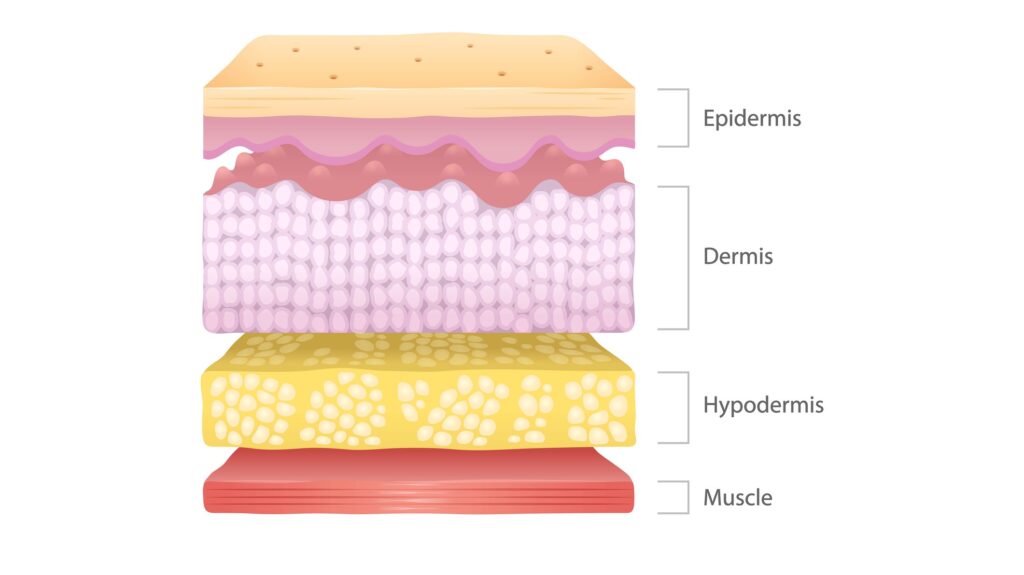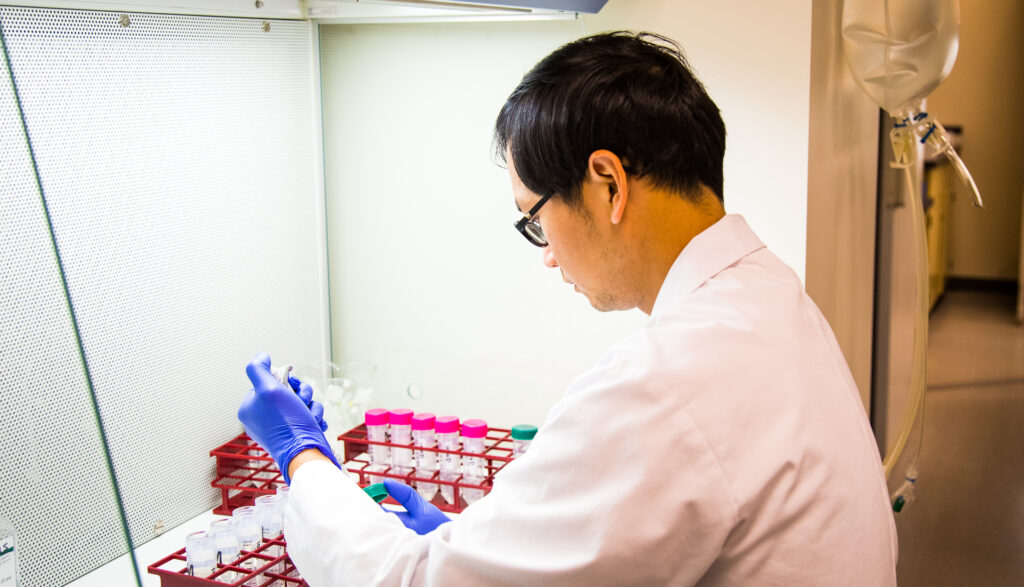Have you ever peeled a hard-boiled egg? You might be familiar with the distinct layers lining the egg white: the hard outer shell and a thin papery membrane.
We can use these layers as an analogy for the surface of our own skin. Our epidermis would be the shell, and the papery membrane would be the dermis. The dermis is full of immune cells and lymphoid tissue that initiate immune responses to fight infection and disease.
“Our skin is a pretty perfect place to immunize people,” says Dr. Ying Tam. He's Chief Scientific Officer at Vancouver biotech company Acuitas Therapeutics. “There's always been data to say that it might be the best way to induce an adaptive immune response.”
But immunization has long faced the challenge of effectively targeting the intradermal space to achieve accurate and reproducible results.
This difficulty has led to the conventional practice of immunizing individuals in the muscle, a large and easily accessible organ.



